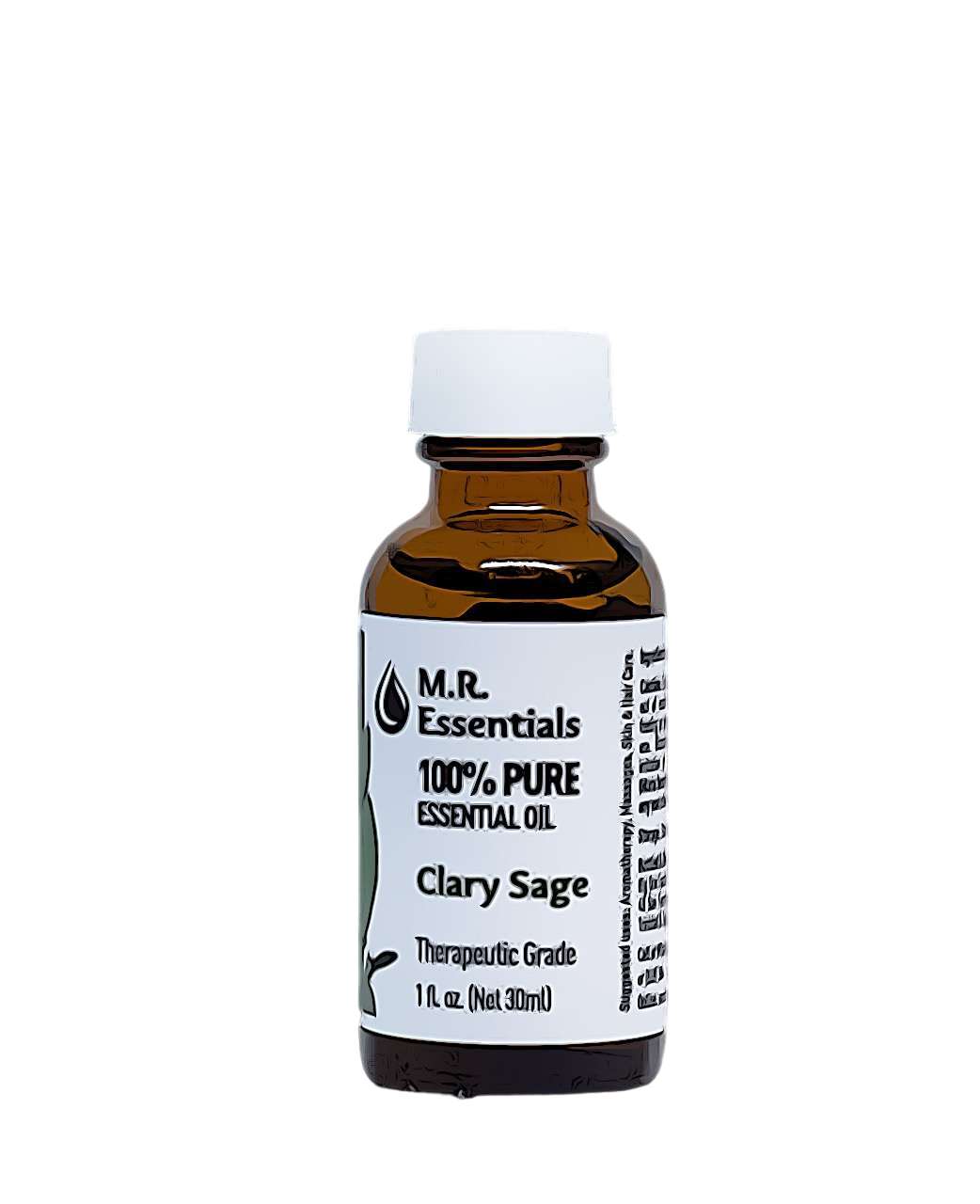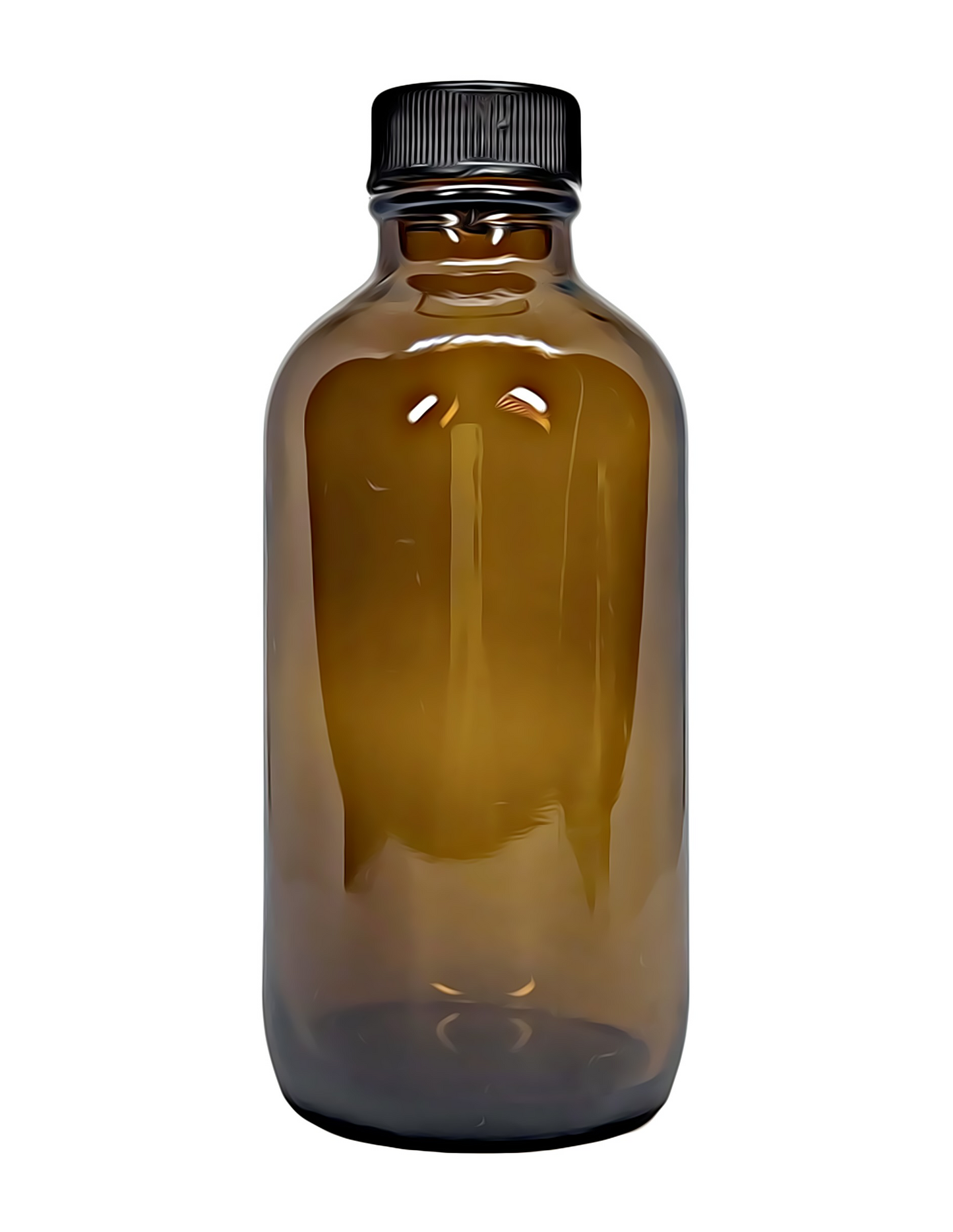MR Essentials
Clary Sage Essential Oil (Salvia sclarea)
Clary Sage Essential Oil (Salvia sclarea)
Couldn't load pickup availability
*The statements below have not been evaluated by the Food and Drug Administration. This product is not intended to diagnose, treat, cure, or prevent any disease.
Share
Product Details
Product Details
Method of Extraction: Steam Distillation.
Plant Part Used: Leaves and Flowers/Buds.
Color: Pale Yellow.
Consistency: Thin – Medium.
Aromatic Description
Aromatic Description
Perfumery Note: Middle.
Strength of Initial Aroma: Medium – Strong.
Aromatic Description: Earthy, herbaceous, floral and slightly fruity.
Suggested Uses
Suggested Uses
• Acne.
• Boils.
• Skin Inflammation.
• Hair Loss.
• Dandruff.
• Dry or Mature Skin.
• Muscular Aches + Pains.
• Whooping Cough.
• Asthma Attacks.
• Eases Menstrual Pain + Regulates Menstrual Flow.
• Flatulence.
• Intestinal Cramping.
• Colic.
• Stress.
• Nerves.
• High Blood Pressure.
• Amenorrhea.
• Asthma.
• Coughing.
• Dysmenorrhea.
• Exhaustion.
• Labor Pains.
• Sore Throat.
Reading Purchon and Cantele's full profile for Clary Sage Essential Oil is recommended.
Sources: Neryls Purchon and Lora Cantele, Complete Aromatherapy & Essential Oils Handbook for Everyday Wellness (Toronto ON: Robert Rose, 2014), 50. Julia Lawless, The Illustrated Encyclopedia of Essential Oils (Rockport, MA: Element Books, 1995), 62-67.
Dilution Guideline
Dilution Guideline
Adults: Usually, a 2-3% dilution is suitable, about 12-18 drops of essential oil per ounce of carrier oil.
Children (5-10), Frail Elderly, Sensitive Skin: A lower dilution of 1% or less (6 drops per ounce).
Facial or Sensitive Areas: Use a 0.5-1% dilution (3-6 drops per ounce).
Acute or Short-Term Use: For resolving a specific issue, a marginally higher dilution can be used for a period of 2-3 weeks as necessary.
Major Constituents
Major Constituents
Linalyl Acetate. Linalool. A-Terpineol. Germacrene D. B-Caryophyllene.
Tisserand and Young indicate that Sclareol is present in the steam distilled oil (and much higher in the absolute).
Source: Private Communication: Fakhry, 2002. Source cited in Robert Tisserand and Rodney Young, Essential Oil Safety (Second Edition. United Kingdom: Churchill Livingstone Elsevier, 2014), 253.
Safety Information
Safety Information
Tisserand and Young do not indicate any known hazards for steam distilled Clary Sage Oil but recommend a dermal maximum of 0.25% for Clary Sage Absolute.
Reading Tisserand and Young's full profile is recommended. [Robert Tisserand and Rodney Young, Essential Oil Safety (Second Edition. United Kingdom: Churchill Livingstone Elsevier, 2014), 253.]
Purchon and Cantele indicate that there is a moderate risk of sensitization in some individuals. [Neryls Purchon and Lora Cantele, Complete Aromatherapy & Essential Oils Handbook for Everyday Wellness (Toronto ON: Robert Rose, 2014), 50.]
Numerous sources recommend avoiding Clary Sage Oil while drinking alcohol and while driving due to the oil's potential narcotic effect. [Julia Lawless, The Illustrated Encyclopedia of Essential Oils (Rockport, MA: Element Books, 1995), 213.]
Various sources state that the sclareol content contained within Clary Sage may induce an "estrogen-like action." For that reason, it would be wise for those with breast cancer, at high risk for breast cancer or that need to carefully regulate their estrogen levels avoid Clary Sage.
Having said that, Aromatherapy Science by Maria Lis-Balchin states the following: "This essential oil is quoted widely in the aromatherapy literature as being estrogenic, but clear scientific evidence has not been forthcoming.
However, due to the spasmolytic effect on the uterus in vitro, caution should be used in pregnancy and parturition." [Maria Lis-Balchin, Aromatherapy Science: A Guide for Healthcare Professionals (United Kingdom: Pharmaceutical Press, 2006), 169.]






